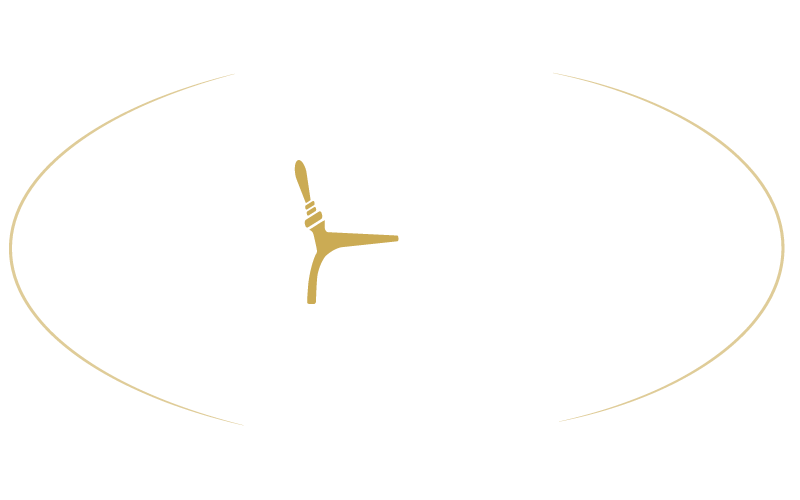We use cookies to make your experience better. To comply with the new e-Privacy directive, we need to ask for your consent to set the cookies. Learn more.
Should I choose a beer dispenser with or without CO2?
Traditionally CO2 is used to pour beer. This is done by pressurizing the beer keg with CO2 from a cylinder. The increase in pressure in the keg forces your beer through the keg coupler into the beer dispenser.
Because CO2 is being used to pressurize the keg the beer spoils a lot slower than when using normal air pressure. This is the biggest advantage when using CO2.
But there are also disadvantages when using CO2. One of the disadvantages is that you need a CO2 cylinder on the tap location. Especially when using the dispenser as mobile beer dispenser or when you are a rental company this can be a hassle to deal with. The clocks of the CO2 pressure reducer are prone to break when the cylinders topples over.
Safety is another thing to consider when using CO2. CO2 can be quit dangerous in high concentrations. This risk mainly exists in poorly ventilated rooms, so ventilation and/or detection equipment is important.
Another thing to consider when renting out CO2 cylinders is it opens the possibility of people changing the settings on the pressure reducer or releasing CO2 with the pressure release valve. This will result in problems when pouring beer that you as rental company are expected to solve.
Last but not least CO2 cylinders are expensive to deposit and prone to theft at events.
Is there an alternative to using CO2?
The solution to the problems above is using air to tap your beer. To do this you need a special beer dispenser with an build in air compressor.
Pouring beer with a beer dispenser with air compressor has a lot of advantages. First and foremost it eliminates the required CO2 cylinder removing all of the disadvantages of using CO2 stated above.
Next a beer dispenser with internal compressor is compact and easy to transport making them perfect for mobile or rental use.
There is however also a drawback to using air. Because air consists oxygen the quality of the beer in the keg drops a lot faster than when using CO2. The drop in quality starts in about 24-hours. You can compare this process to leaving a draught beer on the table for some time.
This drawback is not always a problem though. When you have a party and finish a keg within 24-hours you will not notice a drop in quality. There are also kegs in which the fluid is in a bag. In this case the gas used to tap doesn’t come into contact with the beer removing the problem entirely.
What is best for way to pour for you? With CO2 or with airpressure?
Here are the pros and cons of tapping with or without CO2 in an overview:
Pouring with CO2/ traditional pouring |
Pouring based on airpressure |
|
Benefits
|
Benefits
|
|
Cons
|
Cons
|
We hope we have informed you about the possibelity of the new beerdispensers. If you still have questions or concerns, do not hesitate to contact us.


 Nederlands
Nederlands